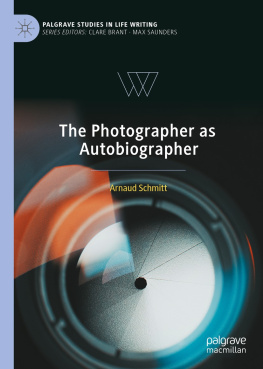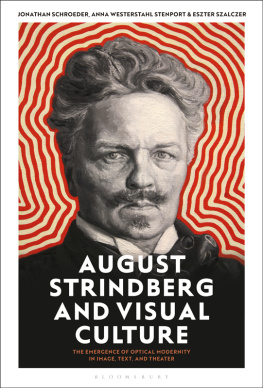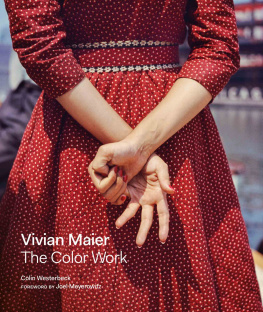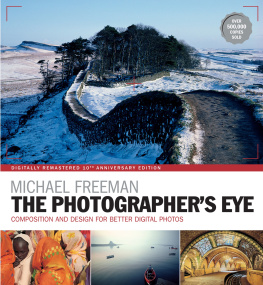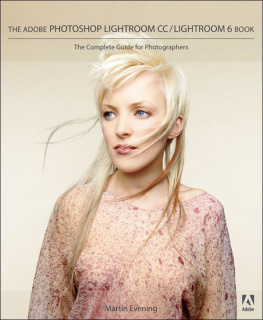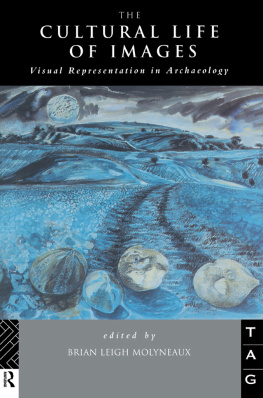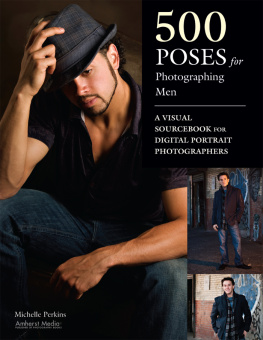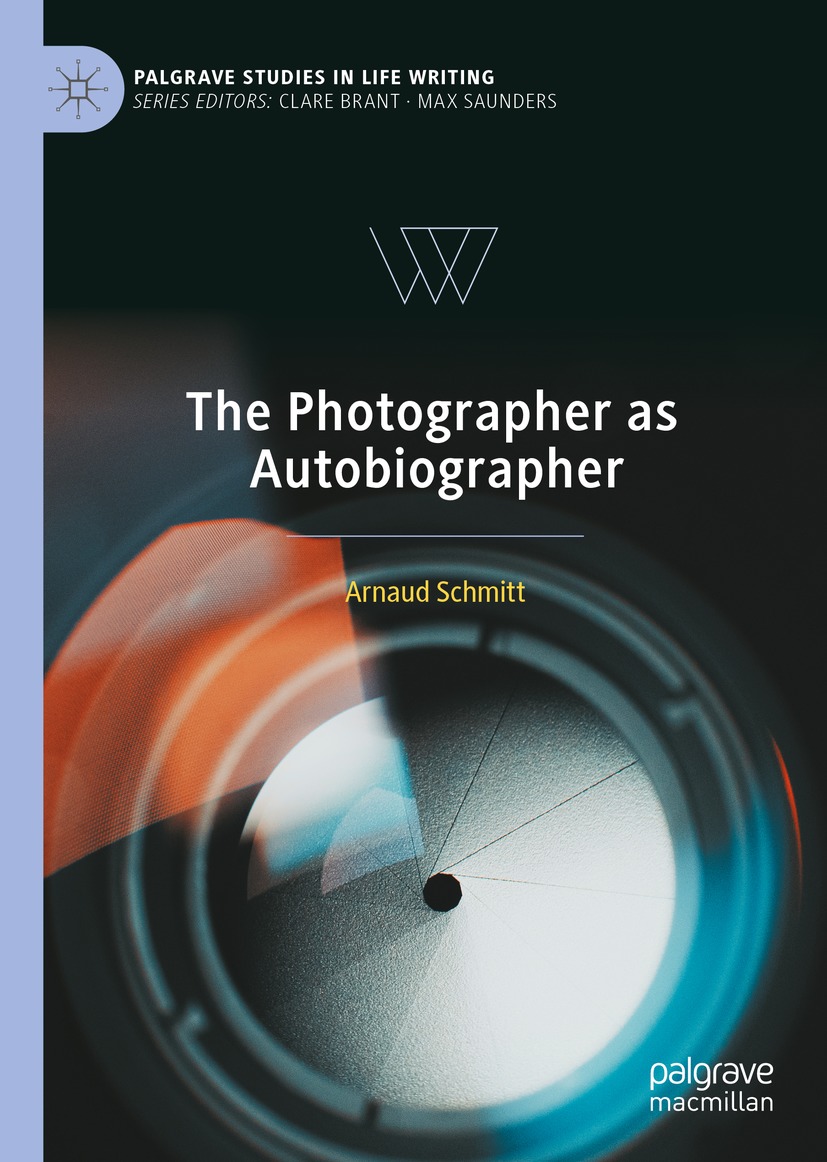Palgrave Studies in Life Writing
Series Editors
Clare Brant
Department of English, Kings College London, London, UK
Max Saunders
Department of English, Kings College London, London, UK
This series features books that address key concepts and subjects in life writing, with an emphasis on new and emergent approaches. It offers specialist but accessible studies of contemporary and historical topics, with a focus on connecting life writing to themes with cross-disciplinary appeal. The series aims to be the place to go to for current and fresh research for scholars and students looking for clear and original discussion of specific subjects and forms; it is also a home for experimental approaches that take creative risks with potent materials.
The term Life Writing is taken broadly so as to reflect its academic, public, digital and international reach, and to continue and promote its democratic tradition. The series seeks contributions that address global contexts beyond traditional territories, and which engage with diversity of race, gender and class. It welcomes volumes on topics of everyday life and culture with which life writing scholarship can engage in transformative and original ways; it also aims to further the political engagement of life writing in relation to human rights, migration, trauma and repression, and the processes and effects of the Anthropocene, including environmental subjects and non-human lives. The series looks for work that challenges and extends how life writing is understood and practised, especially in a world of rapidly changing digital media; that deepens and diversifies knowledge and perspectives on the subject; and which contributes to the intellectual excitement and the world relevance of life writing.
Arnaud Schmitt
University of Bordeaux, Bordeaux, France
ISSN 2730-9185 e-ISSN 2730-9193
Palgrave Studies in Life Writing
ISBN 978-3-031-08854-4 e-ISBN 978-3-031-08855-1
https://doi.org/10.1007/978-3-031-08855-1
The Editor(s) (if applicable) and The Author(s), under exclusive license to Springer Nature Switzerland AG 2022
This work is subject to copyright. All rights are solely and exclusively licensed by the Publisher, whether the whole or part of the material is concerned, specifically the rights of translation, reprinting, reuse of illustrations, recitation, broadcasting, reproduction on microfilms or in any other physical way, and transmission or information storage and retrieval, electronic adaptation, computer software, or by similar or dissimilar methodology now known or hereafter developed.
The use of general descriptive names, registered names, trademarks, service marks, etc. in this publication does not imply, even in the absence of a specific statement, that such names are exempt from the relevant protective laws and regulations and therefore free for general use.
The publisher, the authors, and the editors are safe to assume that the advice and information in this book are believed to be true and accurate at the date of publication. Neither the publisher nor the authors or the editors give a warranty, expressed or implied, with respect to the material contained herein or for any errors or omissions that may have been made. The publisher remains neutral with regard to jurisdictional claims in published maps and institutional affiliations.
Cover illustration: YIN WENJIE / Getty Images.
This Palgrave Macmillan imprint is published by the registered company Springer Nature Switzerland AG
The registered company address is: Gewerbestrasse 11, 6330 Cham, Switzerland

